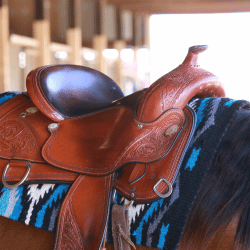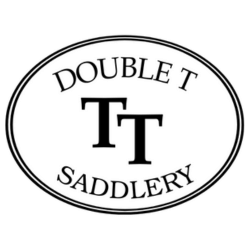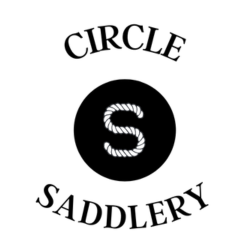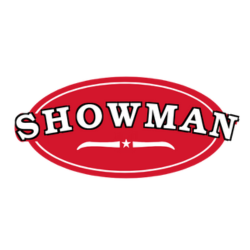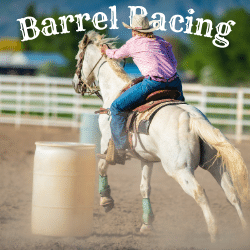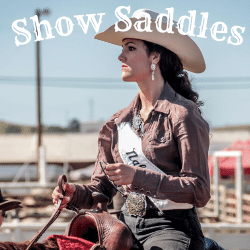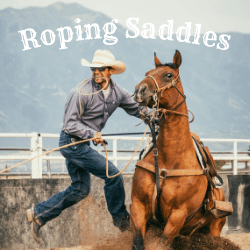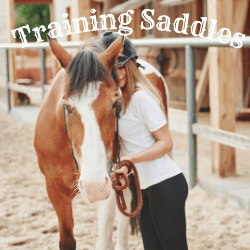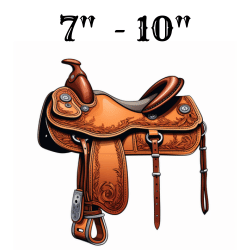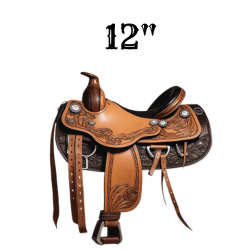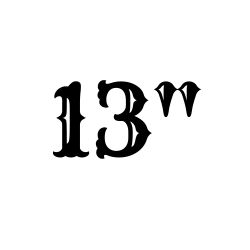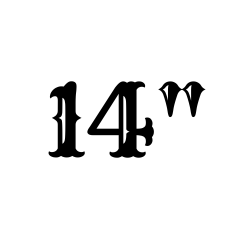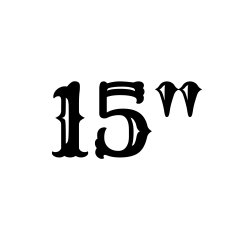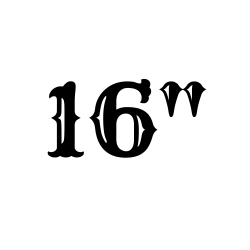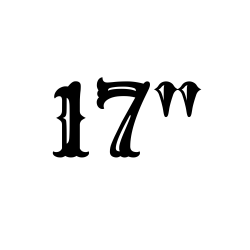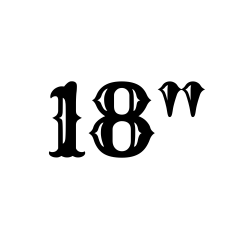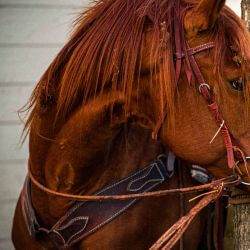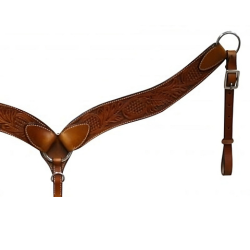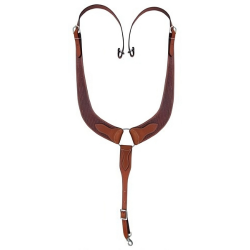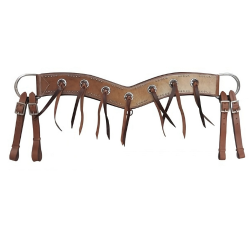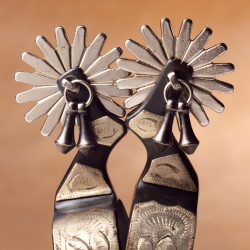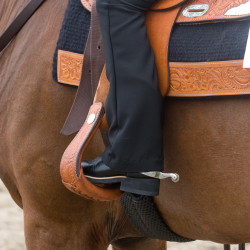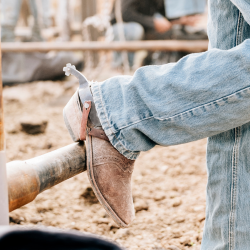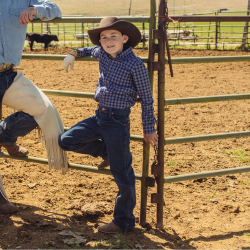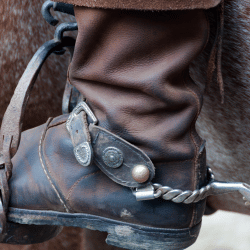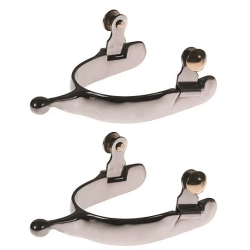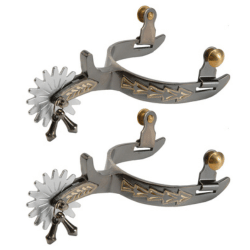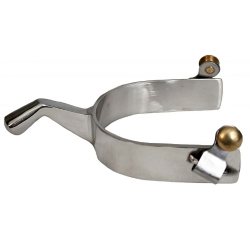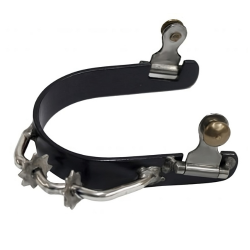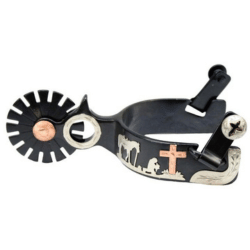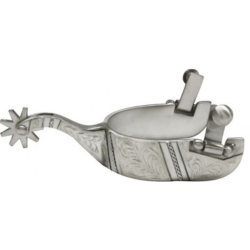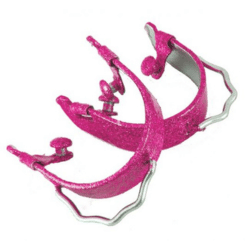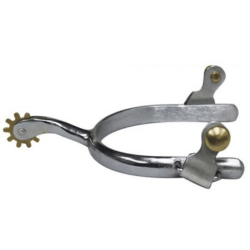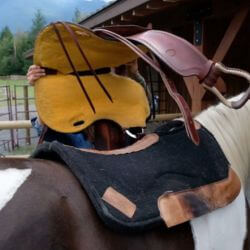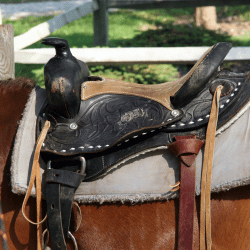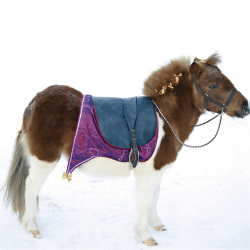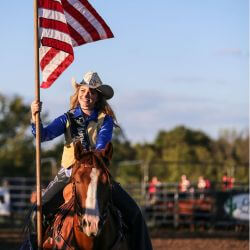Properly fitting tack is essential for the comfort and safety of your horse. One commonly used piece of equipment is a breast collar, which helps to keep the saddle in place and distribute weight evenly. However, choosing the right size breast collar for your horse can be a challenge. In this blog post, we will guide you through the process of measuring your horse for a breast collar, ensuring a perfect fit and optimal functionality. Understanding the importance of proper measurement and selection will not only enhance your horse's comfort but also prevent any potential injuries or discomfort caused by an ill-fitting breast collar. So let's get started and learn how to measure your horse accurately!
Understanding the Importance of Properly Fitting a Breast Collar
A properly fitting breast collar is crucial for the well-being and performance of your horse. It not only ensures the comfort of your horse but also plays a significant role in maintaining balance and stability during riding or working activities. Understanding the importance of a well-fitted breast collar will help you appreciate the impact it can have on your horse's overall well-being.
When a breast collar is too loose or too tight, it can cause discomfort, restriction of movement, and even potential injuries. A loose breast collar may slide back, causing the saddle to shift, leading to an unstable ride and potential accidents. On the other hand, a tight breast collar can restrict the horse's shoulder movement, impeding its natural gait and causing discomfort.
By using a properly fitting breast collar, you ensure that the weight of the saddle is distributed evenly across the horse's chest, alleviating pressure points and preventing the saddle from slipping backward. This allows your horse to move freely and comfortably, enhancing its performance and overall well-being.
Furthermore, a well-fitted breast collar can also help prevent saddle-related issues such as saddle sores or rubs. When a saddle moves excessively due to an ill-fitted breast collar, it can create friction and pressure points, leading to discomfort and potential skin irritations. By ensuring a proper fit, you minimize the risk of these problems and promote a healthy and enjoyable riding experience for both you and your horse.
In summary, understanding the importance of properly fitting a breast collar is essential for the comfort, safety, and performance of your horse. It ensures proper weight distribution, stability, and freedom of movement, while also preventing potential injuries and saddle-related issues. Now that we recognize the significance of a well-fitted breast collar, let's delve into the details of how to measure your horse accurately for the perfect fit.
What is a Breast Collar and Why is it Used
A breast collar is a piece of equestrian equipment that is designed to help keep the saddle in place on a horse's back. It is a strap that goes around the horse's chest, attaching to the saddle on both sides. The breast collar is commonly used in various equestrian disciplines, including trail riding, roping, and driving.
The primary function of a breast collar is to prevent the saddle from sliding backward during riding or working activities. It helps to distribute the weight of the saddle more evenly across the horse's chest, reducing the pressure on the horse's withers and allowing for a more stable and comfortable ride.
Breast collars are particularly beneficial in situations where the horse is required to perform tasks that involve pulling or carrying heavy loads. They help to keep the saddle securely in place, preventing it from sliding back and causing discomfort or potential accidents. In driving disciplines, a breast collar is essential for keeping the harness and carriage in proper alignment.
Another important function of a breast collar is to help stabilize the saddle when riding on uneven terrain or during activities that involve quick changes in direction or speed. It provides additional support and prevents the saddle from shifting or rotating, ensuring the rider's balance and the horse's comfort.
It is important to note that a breast collar should not be used as a substitute for a properly fitting saddle. The saddle itself should sit correctly on the horse's back, and the breast collar is used to enhance stability and weight distribution, not to compensate for an ill-fitting saddle.
In summary, a breast collar is an essential piece of equipment used in horse riding and driving disciplines. It helps to keep the saddle in place, distributes weight evenly, and provides stability during various activities. Understanding the purpose and functionality of a breast collar is crucial for selecting the right one and ensuring its proper use. Now that we have explored the importance of a breast collar, let's move on to learning how to measure your horse accurately for this equipment.
How to Measure Your Horse for a Breast Collar
Properly measuring your horse for a breast collar is essential to ensure a perfect fit and optimal functionality. By following these steps, you will be able to accurately determine the size of the breast collar your horse needs.
Items Required for Measurement
Before you begin measuring, gather the following items:
-
Soft measuring tape: A flexible and non-stretchable measuring tape is the most suitable tool for this task. Avoid using a metal tape measure or string, as they may not provide accurate measurements.
-
Assistant: It is helpful to have someone assist you in holding the measuring tape and keeping your horse calm and relaxed during the process.
Steps to Measure Your Horse Accurately
Follow these steps to measure your horse for a breast collar:
-
Prepare your horse: Ensure that your horse is calm and properly restrained for the measurement process. It is recommended to have someone hold the horse or secure it in a safe area.
-
Locate the appropriate area: The breast collar should sit just above the point of the horse's shoulder, where the neck and chest meet. This is typically where the breast collar attaches to the saddle.
-
Measure the circumference: Take the measuring tape and gently wrap it around the horse's chest, just behind the horse's front legs, at the desired position for the breast collar. Make sure to keep the tape snug but not too tight, allowing for a comfortable fit without restricting the horse's movement.
-
Record the measurement: Once you have the circumference measurement, note it down. Make sure to record the measurement in inches or centimeters, depending on the units you prefer.
Common Mistakes to Avoid
To ensure accurate measurements, avoid the following common mistakes:
-
Measuring too tightly: It is important not to measure too tightly, as this can lead to an ill-fitting breast collar that may cause discomfort and restrict your horse's movement.
-
Measuring too loosely: Similarly, measuring too loosely can result in a loose-fitting breast collar that may slide back and be ineffective in keeping the saddle in place.
-
Not checking for adjustments: Remember to account for any adjustments that can be made on the breast collar, such as buckles or adjustable straps. Ensure that you have enough room for adjustments without compromising the fit.
By following these steps and avoiding common mistakes, you will be able to accurately measure your horse for a breast collar. This measurement will serve as a guide in selecting the appropriate size of breast collar for your horse. In the next section, we will discuss how to choose the right breast collar based on your measurements.
How to Choose the Right Breast Collar Based on Measurements
Once you have accurately measured your horse for a breast collar, it is important to choose the right size that corresponds to your measurements. Consider the following factors when selecting a breast collar based on your horse's measurements:
Understanding Different Sizes of Breast Collars
Breast collars come in various sizes to accommodate different horse breeds, sizes, and conformations. Manufacturers typically provide size charts or recommendations based on the circumference measurement you have taken. These charts will help you determine the appropriate size range for your horse.
Sizes can vary between brands, so it is essential to refer to the specific manufacturer's guidelines. Some common size options include small, medium, large, or based on specific measurements, such as inches or centimeters.
Tips to Select the Perfect Fit
When choosing the right breast collar for your horse, keep the following tips in mind:
-
Compare your horse's measurement: Refer to the manufacturer's size chart and compare your horse's chest circumference measurement to find the appropriate size range. Select a breast collar that falls within this range.
-
Consider adjustability: Some breast collars come with adjustable buckles or straps, allowing for further customization and fine-tuning of the fit. These adjustable features can accommodate variations in your horse's conformation and help achieve a snug yet comfortable fit.
-
Look for proper clearance: Ensure that the breast collar you choose provides enough clearance between the collar and your horse's neck and shoulder area. There should be enough space to allow for free movement without rubbing or causing discomfort.
-
Seek professional advice if unsure: If you are uncertain about the appropriate size for your horse or have unique circumstances, consider consulting with a professional saddle fitter or equine specialist for guidance. They can provide valuable insights and recommendations based on their expertise.
Adjusting the Breast Collar
Once you have selected a breast collar that fits within the appropriate size range, it is important to properly adjust it to ensure a secure and comfortable fit. Follow these steps for adjusting the breast collar:
-
Attach the breast collar to the saddle: Securely attach both ends of the breast collar to the appropriate D-rings or attachments on the saddle.
-
Adjust the length: Check if the breast collar is too loose or too tight. It should be snug against the horse's chest without causing any restriction of movement or discomfort. Adjust the buckles or straps accordingly to achieve the desired fit.
-
Check for clearance and freedom of movement: Ensure that the breast collar allows for proper clearance between the collar and your horse's neck and shoulder area. Your horse should be able to move its head, neck, and shoulders freely without any rubbing or pinching.
-
Test the fit: Take your horse for a short test ride or lunge session to evaluate the fit and make any necessary adjustments. Observe your horse's behavior and movement to ensure that the breast collar is comfortable and does not impede its performance.
By following these tips and adjusting the breast collar properly, you can ensure that your horse has a comfortable and secure fit. In the next section, we will discuss the importance of maintaining and inspecting your breast collar to ensure its longevity and functionality.
Maintaining and Inspecting Your Breast Collar
To ensure the longevity and functionality of your breast collar, it is important to properly maintain and regularly inspect it. By following these guidelines, you can keep your breast collar in excellent condition and identify any signs of wear or damage that may require attention.
Cleaning and Storing Your Breast Collar
Regular cleaning and proper storage can help maintain the quality and appearance of your breast collar. Here are some steps to follow:
-
Remove dirt and debris: After each use, remove any dirt, dust, or sweat from the breast collar. Use a soft brush or cloth to gently wipe away the debris.
-
Clean with mild soap: Occasionally, clean the breast collar with a mild soap solution and warm water. Avoid using harsh chemicals or abrasive cleaners, as they can damage the leather or other materials. Gently scrub the breast collar with a soft brush or cloth, paying attention to any areas with stubborn stains or grime.
-
Rinse and dry thoroughly: After cleaning, rinse the breast collar with clean water to remove any soap residue. Ensure that the breast collar is completely dry before storing it. Hang it in a well-ventilated area or lay it flat on a clean surface to air dry. Avoid exposing the breast collar to direct sunlight or heat sources, as this can cause fading or warping.
-
Use leather conditioner: If your breast collar is made of leather, consider applying a leather conditioner to keep the leather supple and prevent cracking. Follow the instructions provided by the conditioner manufacturer for best results.
-
Proper storage: Store your breast collar in a clean, dry, and protected area. Avoid storing it in damp or humid conditions, as this can promote mold or mildew growth. If possible, use a breathable storage bag or cover to protect the breast collar from dust and pests.
Regular Inspection for Wear and Tear
Regularly inspecting your breast collar ensures that it remains in safe and usable condition. Here are some key points to consider during your inspection:
-
Check the stitching: Examine the stitching on the breast collar for any loose threads or signs of unraveling. Loose stitching can compromise the strength and integrity of the breast collar. If you notice any issues, repair or replace the breast collar as necessary.
-
Assess the hardware: Inspect the buckles, rings, snaps, or any other hardware on the breast collar. Ensure that they are secure, functioning properly, and free from rust or corrosion. Replace any damaged or worn-out hardware to maintain the safety and reliability of the breast collar.
-
Check for cracks or breakages: Carefully examine the material of the breast collar, whether it is leather, nylon, or another material. Look for any cracks, tears, or breakages that may compromise the strength and durability of the breast collar. If you find any significant damage, it may be necessary to replace the breast collar.
-
Assess overall condition: Evaluate the overall condition of the breast collar, including any signs of excessive wear, discoloration, or stiffness. If the breast collar shows significant signs of wear or is no longer supple and pliable, it may be time to consider a replacement.
By regularly maintaining and inspecting your breast collar, you can identify and address any issues promptly, ensuring the safety and longevity of the equipment. In the next section, we will discuss when it is appropriate to replace your breast collar.

